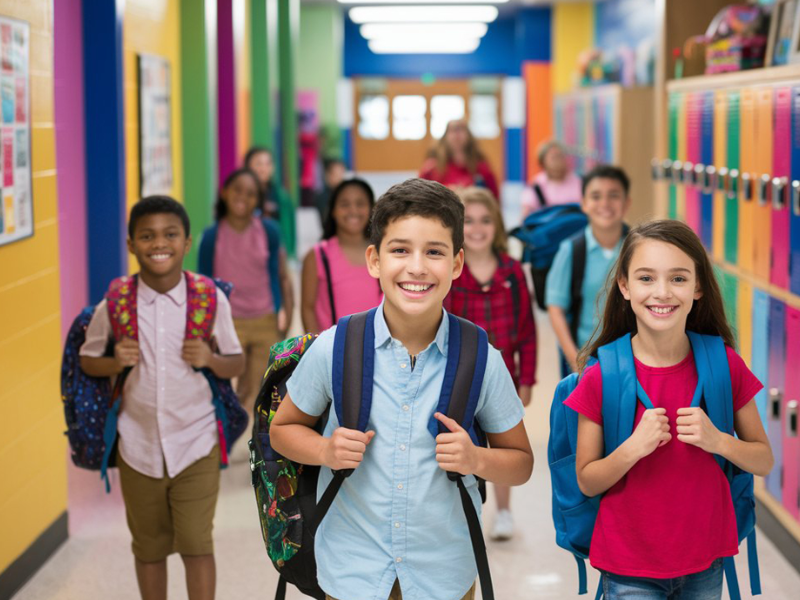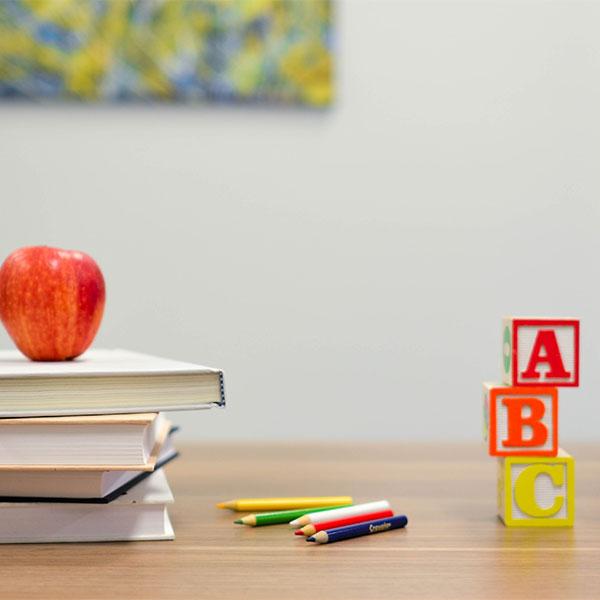As summer comes to an end, it's time to trade in swimsuits and sunscreen for backpacks and school books. With the school year starting, it's essential to prepare your kids for emergencies they might face while at school. From knowing where to meet you to understanding how to avoid danger, these tips will help ensure your children are ready for any situation.

1. Establish a Meeting Place
Does your family have a designated meeting spot? Choose a familiar location your children can easily walk to in case of an emergency. Schools often keep students on campus during natural disasters until they can confirm a safe pickup. For additional peace of mind, consider equipping your child with an emergency two-way radio stored in their backpack for direct communication.
2. Communication During Emergencies
Disasters often disrupt communication networks, making it difficult to reach loved ones. Even if networks remain functional, they can become overwhelmed. Teach your kids to send a text message rather than make a phone call, as texts are more likely to get through during emergencies.
3. Stranger Danger
Not all emergencies are natural disasters. Teach your children about the risks of talking to strangers. Ensure they know who the 1-2 designated trusted adults are and how to refuse a stranger's approach. Malicious individuals may pose as authority figures, so emphasize the importance of trusting teachers and school staff, whom you should also trust.
4. Preventing Illness
Schools are hotspots for spreading germs. Equip your child with a travel-sized hand sanitizer attached to their backpack and consider sending them with a reusable water bottle to avoid using communal drinking fountains.
5. Create an Emergency Pack
Prepare a small emergency bag for your child containing essential items such as:
- A pouch of water
- Freeze-dried snacks
- Necessary medications
- Identification and contact information
Encourage your child's teacher to organize similar preparedness packs for the entire class.
6. Identification Pack
Collaborate with school staff to maintain updated identification records. Include a family photo in your child's file to help staff verify identity in case someone tries to pose as a guardian. Ensure your contact details are current to facilitate easy communication with the school.
7. Make Emergency Preparedness Fun
Engage your kids in learning about emergency preparedness through fun activities. Resources like FEMA’s website offer comics, crosswords, and word searches that teach children important safety concepts in an enjoyable way.














